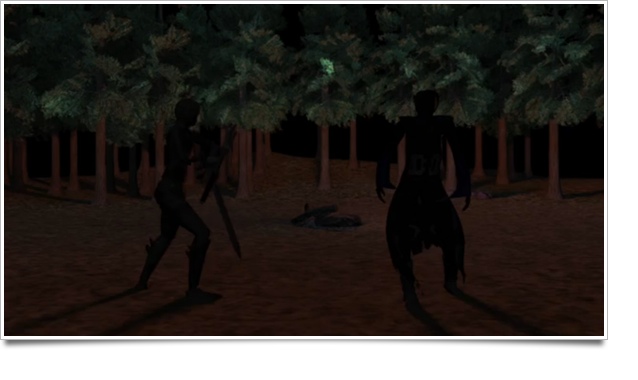By Susan Schaul
Want to create your own world? That’s what computer game designers do. Game designers come from all walks of life – primarily computer programmers by day and fun seekers after hours when they apply their skills to create a game. They can use story boards, animation, artwork, 3-D modeling, audio components (music and sounds), game theory and computer programming to make a new computer game. The process is fun and the end result can be lucrative.
For those interested in game development, the Cleveland site for the annual Global Game Jam is the Shaker LaunchHouse Fri 1/25 – Sun 1/27 where game designers meet for two days to create a video game from scratch and get it peer reviewed. Click here for more info.
A little video games 101: There are different groupings or descriptions for video games — strategy, first person shooters, 3rd person views, and racing. Other people describe the games as action-based, adventure and role playing, arcade, simulation, driving, and puzzle games. Social games are created for the educational (schools) and health care (for clients with autism and Alzheimer’s) markets. Indie games are independent versions with their own form and function. Ralph H. Baer, considered the “Father of Video Games,” came up with the idea forty years ago playing ping-pong on his Brown Box console.
As a recreational gamer, you may remember starting back in the ‘80s playing on Nintendo, Atari or Xbox consoles. Now you have matured, cutting your teeth on popular games like TeamFortress2, World of Warcraft, Borderland I and II, Left4Dead, and Minecraft. You think about game strategy — controlling people, avatars and animal creatures, building or destroying environments. You become part of a specific game community, make friends with fellow gamers online, Tweet or write for the game blog. The we site Steam is a huge game community and game platform.
Some games are multi-player while others you can play solo. As you play the games, the visual and audio stimulation pulls you in. The game action and animation are fast and automatic. It looks easy. But it can take anywhere from one to nine game tech wizards six months to several years to put a game together. The goal is to wow their audiences by creating new thrills and new worlds for their action-packed game environment.
Initially not recognized as an art form, video games are now considered an expressive media in today’s culture. They represent significant art and interaction design. Major museums and galleries are recognizing the creativity and showcasing them as art works. Last year, the Smithsonian American Art Museum mounted an exhibition called The Art of Video Games. The Museum of Modern Art in New York has recently acquired 14 video games with plans to increase their collection to 40 games over the next several years. Realizing the value in game design and game creation, colleges are now offering game design programs because this tech field has become a credible and respected career path.
The Cleveland Institute of Art offers a game design major. Knut Hybinette, assistant professor, is Chair of game design. He earned his MFA from the Art Institute of Chicago in animation and photography.
“As a kid, I loved art but did not understand it. At my sister’s suggestion, I moved on to photography and was good at this,” Hybinette said. “In college, I became a computer science major and then combined all these areas to use with game design.” Back in the ‘90s, people made their own computer games but it was not recognized as any kind of art form. There were not many resources back then to help create games, Hybinette explained.
Today, there is software to create a game called a game engine. Some of the game engines are free to download but the more complex versions cost money. Game engines include Gamemaker from Yoyo, UDK (Unreal Development Kit), and Unity, a cross-platform game engine developed by Unity Technologies.
“The Game Developers Conference is convened every March out in San Francisco covering commercial and indie gaming, mobile gaming, social gaming, and the business of gaming,” Hybinette said. “There are ratings and reviews of games available on the Entertainment Software Rating Board and the International Game Network indicating the appropriate age group and content.”
“I find game design fascinating; it is a new way to make art work,” he said.
Iron Strife, an indie video game created by his design students, Michael Mollick, Art Director, Zack Sabatino, Animator, Joe Conley, 3-D Modeling, and Sara Eckhoff, texture artist, would all agree with him. Click here for the trailer to their student project.
For more game information on the Global Game Jam, check out the next meeting of the Cleveland Game Developers group on Meetup.com or click here.
 From Cool Cleveland contributor Susan Schaul, who says the act of writing is like assembling a jigsaw puzzle. The challenge lies in getting the pieces to fit together and make sense.
From Cool Cleveland contributor Susan Schaul, who says the act of writing is like assembling a jigsaw puzzle. The challenge lies in getting the pieces to fit together and make sense.
